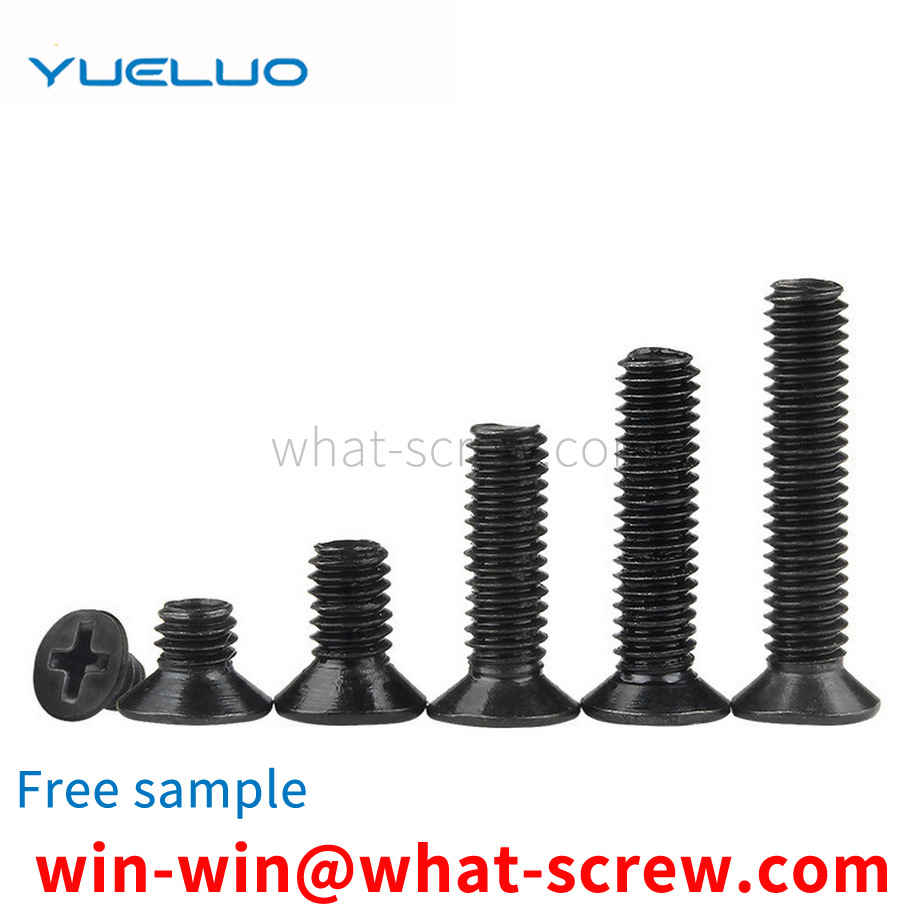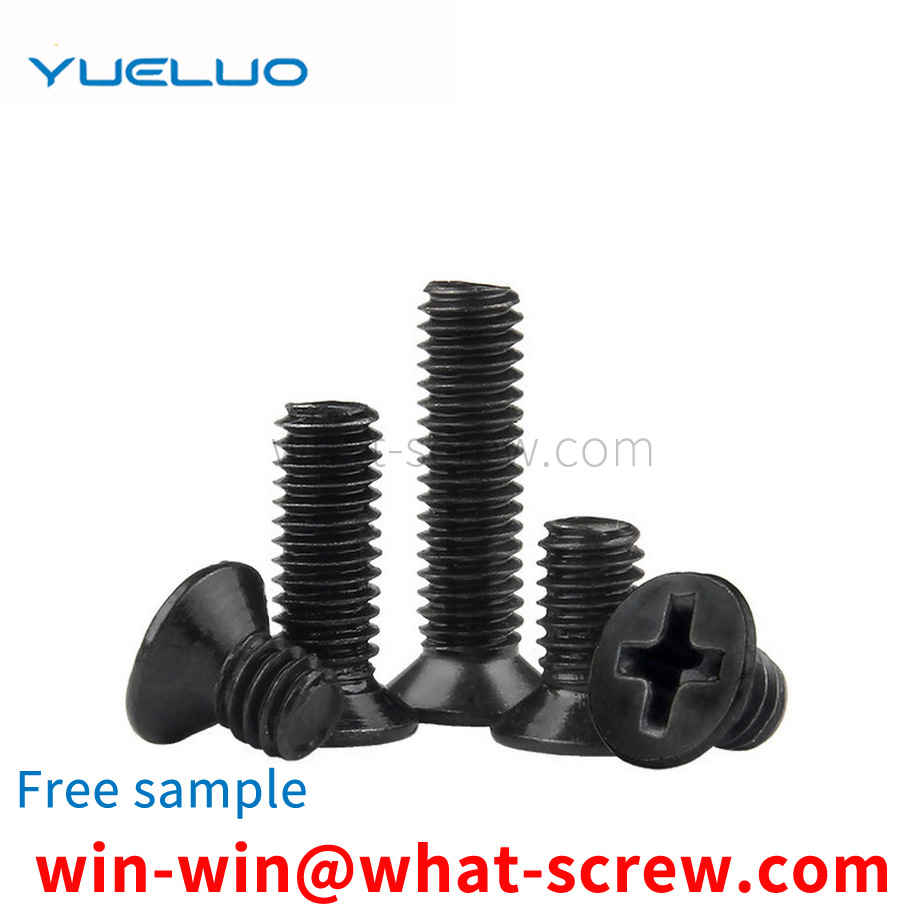Blind rivets (blind rivets) --------- rivet body (rivet body) mandrel (rivet stem or rivet mandrel). It is a type of rivet for single-sided riveting, but it must be riveted with a special tool - a rivet gun (manual, electric, pneumatic). When riveting, the rivet core is pulled by a special rivet gun to expand the rivet body and play a riveting role. This type of rivet is especially suitable for riveting occasions where it is inconvenient to use ordinary rivets (riveting from both sides), so it is widely used in construction, automobiles , ships, aircraft, machinery, electrical appliances, furniture and other products. Among them, the open-type oblate head blind rivets are the most widely used, the countersunk head blind rivets are suitable for riveting occasions where the surface needs to be smooth, and the closed blind rivets are suitable for riveting occasions that require high load and certain sealing performance.
Other names of lock nut: root nut, locknut, nut. Purpose: To lock the outer joint of the through wire or other pipe fittings. The working principle of the nut is to use the friction between the nut and the bolt for self-locking. However, the reliability of this self-locking is reduced under dynamic loads. In some important occasions, we will take some anti-loosening measures to ensure the reliability of the nut locking. Among them, the use of lock nuts is one of the anti-loosening measures. There are also three types of lock nuts: The first is to use two identical nuts to screw on the same bolt, and add a tightening torque between the two nuts to make the bolt connection reliable. The second is a special anti-loosening nut, which needs to be used together with a kind of anti-loosening washer. The special lock nut is not a hexagonal nut, but a medium round nut. There are 3, 4, 6 or 8 notches on the circumference of the nut (depending on the size of the nut and the product series of the manufacturer). Several notches are both the focal point of the tightening tool and the snap-in of the lock washer bayonet. The third type is to drill through threaded holes from the outer surface of the nut to the inner thread surface (usually 2, which are distributed at 90 on the outer surface), which are used to screw in small-diameter countersunk head screws. The purpose is to give the thread Apply a centripetal force to prevent the locknut from loosening. The better quality lock nut sold on the market is inlaid with a small copper block that is consistent with the thread of the lock nut on the inner surface of the nut to prevent the radial jacking screw from directly contacting the locked thread and damaging the latter. . This kind of lock nut is gradually applied in the shaft end locking of rotating motion parts, such as the anti-looseness of the bearing at the mounting end of the ball screw. The second anti-loosening method is more reliable than the first, but the structure is relatively complex. Compared with the first two, the third clock has the characteristics of better anti-loosening effect, simpler and more beautiful structure and smaller axial size.
The spring washer usually includes a washer body and a raised claw head punched and formed on the washer body. The spring washer is often placed between the bolt head of the bolt and the connected parts, wherein the raised claw head is connected to the part to be connected. The surfaces of the connecting parts are in contact, and the plane on the gasket body, opposite to the lifting direction of the raised claw head, is in contact with the bolt head. After the bolt head is tightened, the elastic reaction force generated by the raised claw head after flattening makes the The screwed threads are pressed tightly, and at the same time, the raised claw head is pressed against the bolt head and the supporting surface of the connected parts, which has the effect of preventing loosening. However, the traditional spring washer is a single-claw type. When tightening, the raised claw head will cause great damage to the surface of the connected parts, so it is not suitable for the anti-loosening treatment of parts with small surface hardness.
In general, the size, mechanical properties and working performance requirements of self-tapping screws have the following standards: 1. Self-tapping screw size standard ASME B18.6.3 2010 standard not only introduces the dimensions of slotted and cross-recessed self-tapping screws and metal drive screws, but also includes the mechanical properties and work performance requirements of carbon steel self-tapping screws. The appendix gives instructions for measuring the various dimensions and application guidance on clamping lengths and test apertures. 2. Self-tapping screw performance standards (including mechanical properties and work performance): (1) SAE J933: Introduces the mechanical performance and work performance requirements of carbon steel ordinary self-tapping screws and white-cut self-tapping screws. The requirements for selection of raw materials, heat treatment, depth of carburized layer, surface hardness, and core hardness are further specified. (2) SAE J81: The mechanical properties and working performance of self-extrusion self-tapping screws (self-tapping locking screws) are introduced. (3) SAE J78: The mechanical properties and working properties of self-drilling and self-tapping screws are introduced. (4) IFl-113: The mechanical properties and working properties of self-drilling and self-tapping screws are introduced. (5) ASTM C1513: Introduces the mechanical properties and performance requirements of carbon steel self-tapping screws. For other special types of self-tapping screws, there is no corresponding national or industrial standard, and no data for self-tapping screws made of other metal materials other than carbon steel have been recognized. For technical data on these self-tapping screws, you can check with the manufacturer.
At present, there are two commonly used nut fixing methods, one is welding fixing: high energy consumption, the welding process easily leads to thread deformation in the nut, which requires re-tapping, which increases the cost, and for aluminum alloy and other materials, the welding process is poor, It is easy to produce welding defects and cannot achieve the function of fastened connection; the other is to pull riveting: in this method, the connection force of the nut is not strong, the reliability is not good, and it is not suitable for thin-walled profiles.
We have many years of experience in the production and sales of screws, nuts, flat washers, etc. The main products are: national standard expansion screws, white zinc-plated nuts, screw cap nuts, nut washers and other products, we can provide you with suitable fasteners for you solution.



















 Service Hotline
Service Hotline




